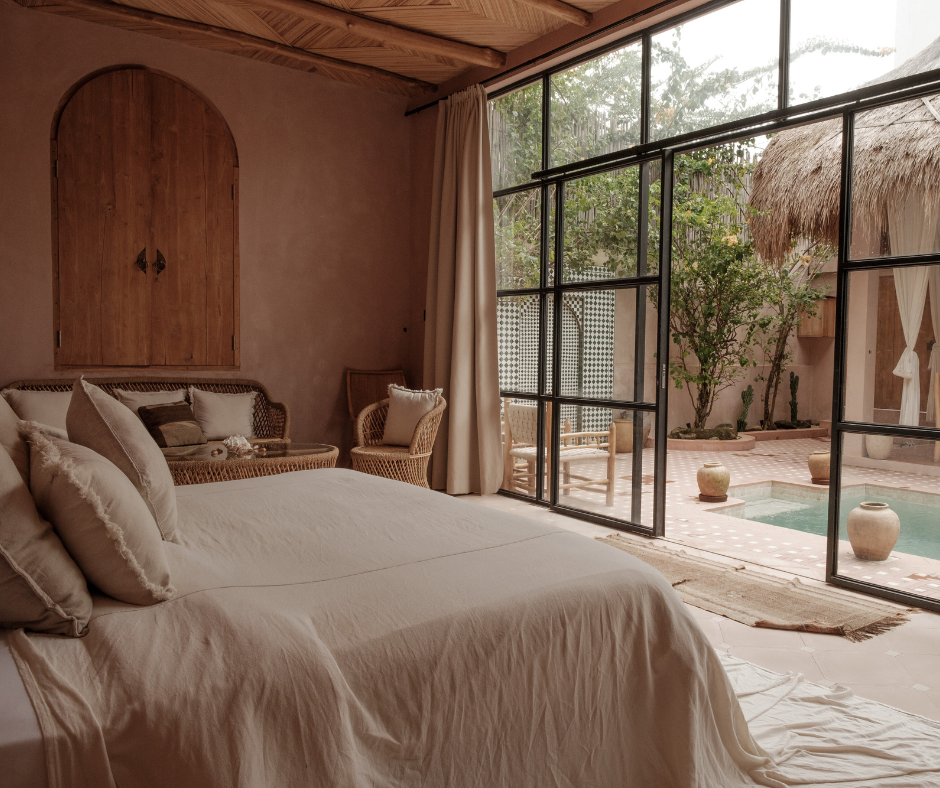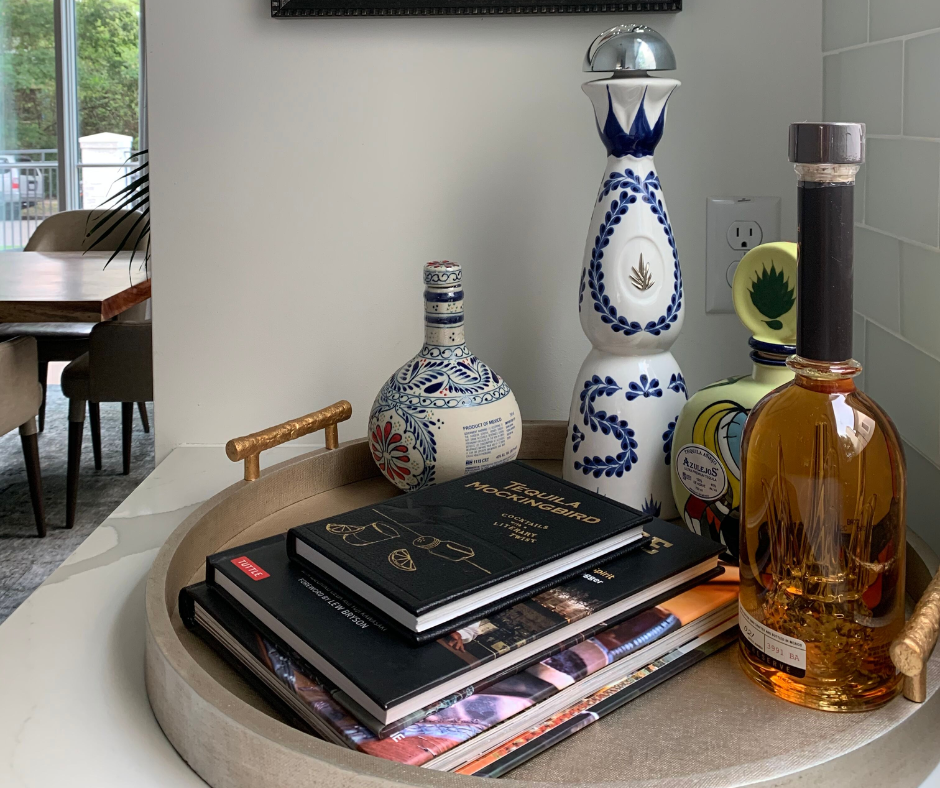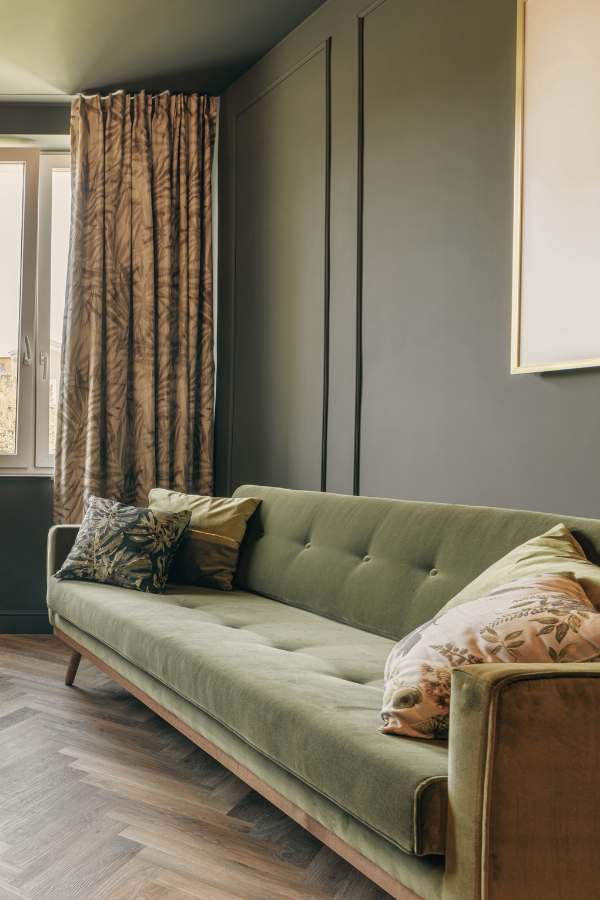
Custom or Ready-Made? How to Select Furniture for Residential and Commercial Spaces
Summary
Deciding between custom and ready-made furniture depends on budget, timeline, and design goals. Custom pieces offer unique designs, a perfect fit, and control over materials but may take longer to produce. Ready-made furniture is often more affordable and immediately available, making it ideal for quick turnarounds. In many cases, blending both options is the best approach. Laura Umansky, DesignDash Co-Founder and Laura U Design Collective CEO, shares expert insights on when to prioritize bespoke furniture and how to balance budget with aesthetics, especially in commercial interiors.
Reflection Questions
How do my project’s unique architectural features influence whether I should choose custom or ready-made furniture?
What is my highest priority—cost, design, or lead time—and how does that affect my furniture selection?
In what ways can I blend both custom and ready-made furniture to maximize my project’s budget and aesthetics?
Journal Prompt
Think about a space you’ve designed or a room you’d like to furnish. Reflect on the trade-offs between custom and ready-made furniture. Would a bespoke piece elevate the design, or would a well-chosen ready-made option be just as effective? Write about how you would balance budget, aesthetics, and function in your decision-making process.
When furnishing a space as a decorator or designer, one of the biggest decisions you will make is whether to select ready-made furniture or create custom pieces for your client. The right choice depends on budget, timeline, and design goals. This DesignDash Guide will help you weigh cost and lead time, decide when bespoke furniture is worth the investment, and balance budget with aesthetics—especially for commercial interiors. DesignDash Co-Founder and Laura U Design Collective CEO Laura Umansky weighs in, too!
How to Select Furniture for Residential and Commercial Spaces in 5 Simple Steps
Step 1: Define Your Project’s Needs

Before making any decisions, be sure to assess your space’s specific requirements. First, consider your overall design vision. If ready-made furniture aligns with your aesthetic, it may be a faster and more affordable option. However, custom furniture might be the better choice if your project requires a curated look that’s unique to your client.
Next, consider functionality. Durability is a priority if the furniture will be used heavily daily. Some ready-made options are built to last, but custom pieces allow for more control over materials and construction quality.
Budget is another major factor. While custom furniture is often thought to be more expensive, that’s not always the case. High-end designer furniture can sometimes cost more than a well-planned custom piece.
Finally, consider your timeline. If you’re on a tight schedule, ready-made furniture is available immediately. On the other hand, custom pieces often take weeks or even months to produce.
Laura Umansky, DesignDash Co-Founder and Laura U Design Collective Founder and CEO, explains:
When deciding between custom and ready-made furniture, I always consider the specific needs and vision of my clients.
Step 2: Compare Cost and Lead Time

People often assume that custom furniture is always more expensive and takes longer to produce, but that’s not always the case.
Custom furniture typically comes with a higher price tag because it involves craftsmanship, personalized design, and higher-quality materials. However, pricing varies greatly depending on the complexity of the piece and the materials used. If you’re looking at high-end ready-made furniture from luxury brands, a custom alternative could actually be a more affordable option.
Lead time is another critical consideration. Because custom furniture is made to order, it usually takes longer to produce. Depending on the materials and the fabricator’s workload, the process can take weeks or months. On the other hand, ready-made furniture is often available for immediate purchase and delivery, making it the best option for projects with tight deadlines.
Laura highlights an important point.
Sometimes a custom piece can actually be more affordable and faster to produce than opting for the designer brand. When you can control the aesthetics and the materials used, a custom piece can be cost-effective and unique.
Fuel your creative fire & be a part of a supportive community that values how you love to live.
subscribe to our newsletter
*please check your Spam folder for the latest DesignDash Magazine issue immediately after subscription

Step 3: Decide When to Prioritize Bespoke Furniture

In certain situations, custom furniture is the best investment. If your space has unique architectural elements, custom pieces ensure a perfect fit where standard options may not work. This is particularly useful in historic buildings or modern homes with unconventional layouts.
Brand identity is another reason to choose custom furniture. A tailor-made reception desk or seating arrangement in commercial spaces can create a strong, lasting impression and reinforce a company’s aesthetic.
Custom furniture is also the best option for matching existing décor. If your project requires seamless integration with preexisting pieces, bespoke furniture allows for exact matches in style, color, and materials.
Finally, special material requirements can require customization. Whether you need sustainable materials, hypoallergenic fabrics, or ultra-durable finishes, custom furniture provides the flexibility to meet specific needs.
Step 4: Balance Budget and Design Goals for Commercial Interiors

Balancing custom and ready-made furniture is often the best approach in commercial spaces. A well-designed commercial interior doesn’t have to be entirely custom or entirely off-the-shelf—blending the two can maximize both aesthetics and budget.
One approach is to invest in custom furniture for statement pieces, such as reception desks, lounge seating, or dining tables while using ready-made furniture for standard office chairs, workstations, or shelving units. This method keeps costs manageable while still allowing for a distinctive design.

Long-term maintenance costs should also be considered. While custom furniture may have a higher upfront price, it is often built for durability, reducing the need for frequent replacements. This is especially important for high-traffic areas in offices, hotels, and restaurants.
Scalability is another factor for businesses that plan to expand. Ready-made furniture ensures consistency across multiple locations, making it a practical choice for franchises or corporate offices.
The decision between custom and ready-made furniture should be guided by both practicality and vision. The right balance creates spaces that are both functional and beautiful.
Step 5: Make Your Final Decision

Now that you’ve analyzed your project needs, compared costs, and considered where customization is necessary, it’s time to make a decision. If budget and timeline allow, custom furniture offers unmatched personalization and a perfect fit. If speed and affordability are priorities, ready-made furniture is the practical choice.
For many projects, a combination of both works best. Custom furniture can be used in key areas to create a high-end, tailored look, while ready-made pieces efficiently fill in the gaps. The goal is to create a cohesive, well-designed space that meets both functional and aesthetic needs.
Final Thoughts

Choosing between custom and ready-made furniture isn’t a one-size-fits-all decision. By following this step-by-step approach, you can determine the best option for your specific project. Whether opting for the uniqueness of bespoke furniture or the convenience of ready-made solutions, a well-informed decision ensures both functionality and beauty in your space.








